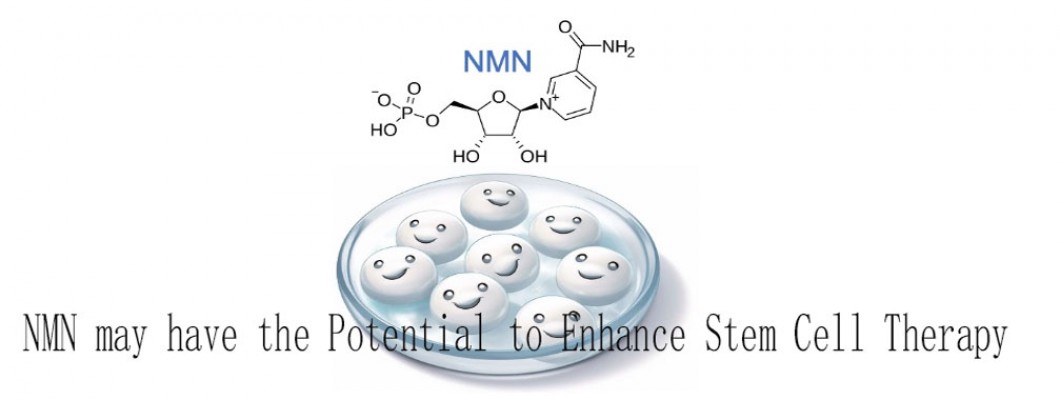
Stem cells are not new to many people. Stem cell technology has been developing rapidly in recent years, and words such as "stem cell haematopoiesis" and "stem cell cosmetology" can be heard everywhere. In fact, as medical standards continue to improve, stem cells are being used clinically to treat degenerative, metabolic and inflammatory diseases.
However, as living cells, they lose their ability to localise and repair injured tissues after being cultured in the laboratory for too long. Due to this, scientists have been looking for ways to keep stem cells in their highest form to maintain their healing effect when injected into the human body for treatment.
Recently, a team of researchers found that NMN helps to maintain the functional lifespan of stem cells in a disc, which could improve the effectiveness of stem cell therapy. Meanwhile, NMN can promote stem cell migration, reduce stem cell ROS, and prevent stem cell senescence.
These results suggest that in the future, NMN is likely to become a golden partner for stem cell therapy and anti-aging.

I.NMN rejuvenates therapeutic stem cells
To study the effects of NMN on stem cells, scientists isolated a type of stem cell from umbilical cords donated by mothers. Among other things, umbilical cord stem cells are the most commonly used cells for treatment (after bone marrow stem cells) because they are easy to obtain and don't cause much of an immune response when injected into the body.
In addition to NMN, the researchers also tested a natural molecule critical to mitochondrial function called coenzyme Q10 (Q10). Both NMN and Q10 were tested for their antioxidant-rose-neutralising-effects. In fact, the researchers found a 67 per cent increase in ROS production in the planted stem cells. In addition, both NMN and Q10 increased stem cell growth.
As stem cells need to be treated at the site of injured tissue, the researchers tested the effects of NMN and Q10 on stem cell migration. It was found that NMN increased stem cell migration threefold, while Q10 had no significant effect. These findings suggest that NMN could enhance the built-in effects of stem cells in stem cell therapy.
To study the effects of NMN and Q10 on ROS levels in stem cells, scientists exposed stem cells to hydrogen peroxide (H₂O₂), which is toxic to cells. After treating the H₂O₂-exposed stem cells with either NMN or Q10, ROS levels decreased. This occurred whether H₂O₂ was applied before or after NMN or Q10 treatment. These findings suggest that NMN and Q10 are effective antioxidants.
After exposing the stem cells to H₂O₂ for two hours, the scientists found that about 86 per cent of them entered a senescent state. However, both NMN and Q10 prevented the stem cells from entering senescence. These findings suggest that NMN and Q10 can extend the replicative lifespan of cultured stem cells and increase their potential for therapeutic efficacy.
II. NMN and stem cells: the anti-aging combination of the future
In fact in recent years, the potential of MSCs to treat diseases has been continuously confirmed and gradually recognised. With the development of clinical practice, experts and scholars have jointly explored the systematisation, scientification, standardisation and standardisation of stem cells in a number of disease areas, as well as the consensus on the pathway for safe and effective application.
We may therefore see the routine clinical use of NMN or other cell regeneration compounds to keep stem cells fresh.NMN has previously been shown to enhance stem cell therapy for cardiac repair, so research to enhance NMN as a support compound for stem cell therapy is increasing. It may only be a matter of time before stem cell therapies become the preferred choice for the treatment of age-related chronic diseases, such as heart and brain disorders, which are predominantly degenerative in nature.

Leave a Comment